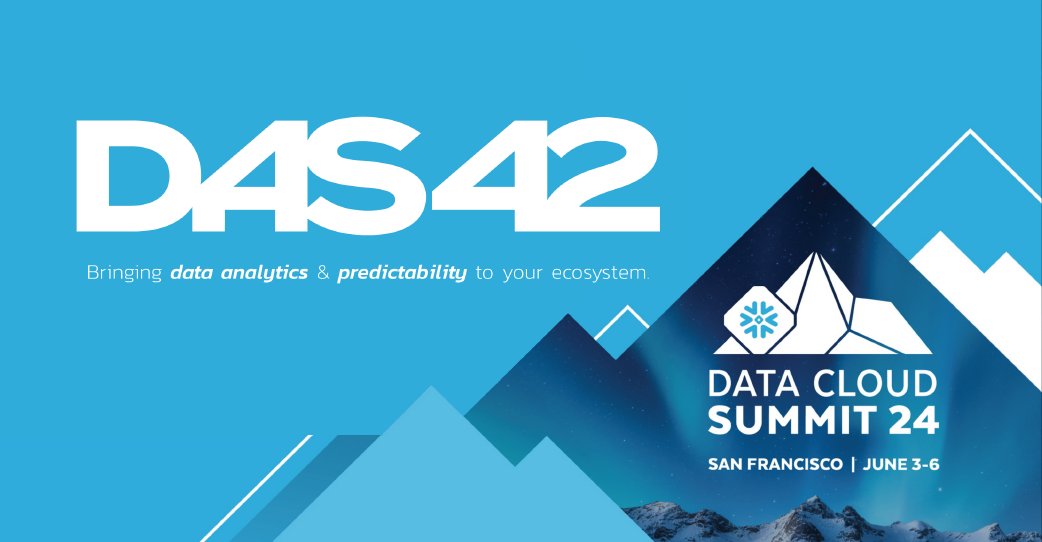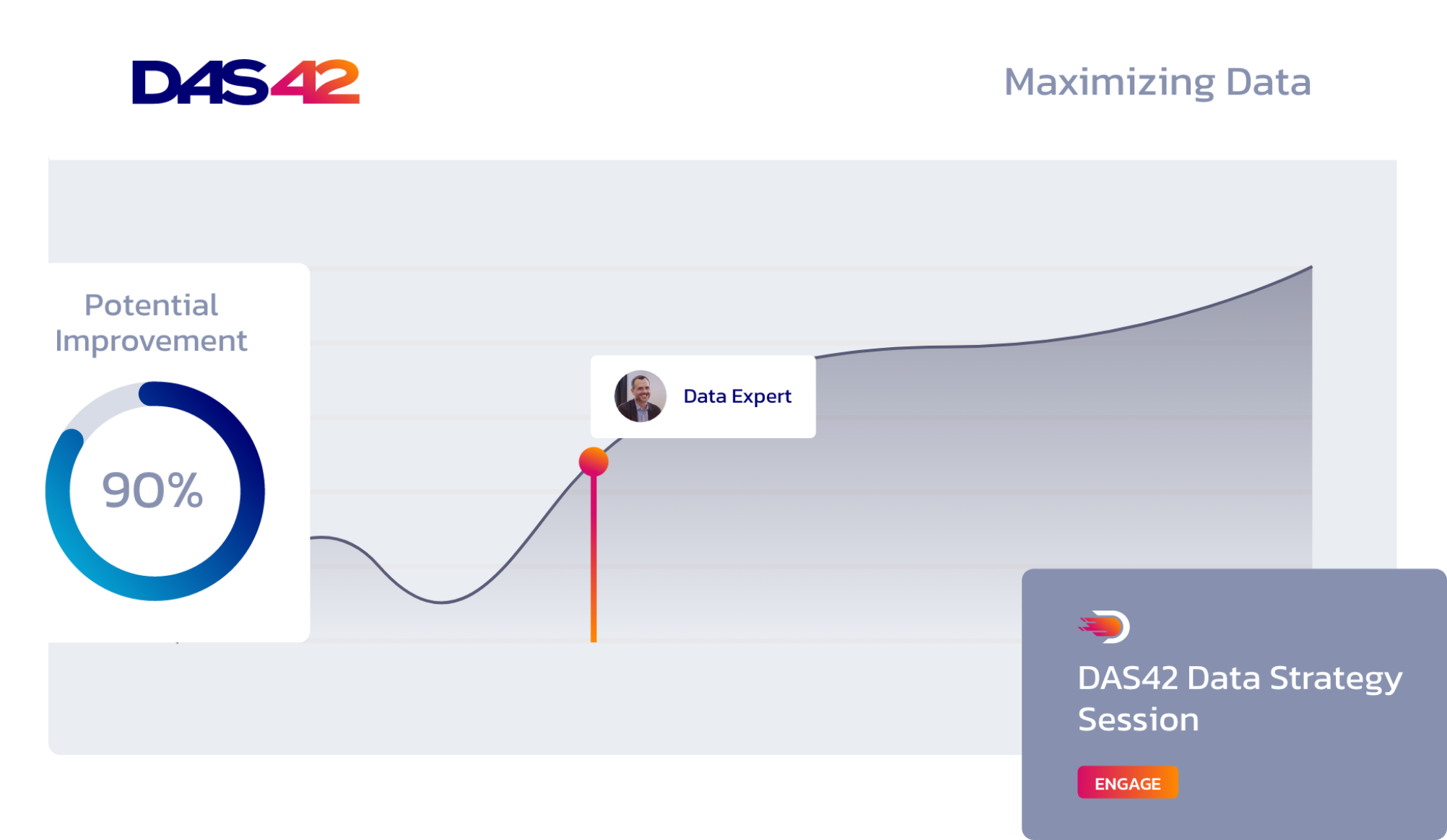With information firmly established as your company’s most precious commodity, cybersecurity remains a critical priority.
Modern threat intelligence teams oversee massive amounts of complex data, and the smallest vulnerability will be quickly exploited.
And yet, when it comes to applying the capabilities of data analytics, businesses often overlook their cybersecurity teams. In a sense, the oversight is understandable given security teams have technical backgrounds and apply data engineering to their jobs. In addition, cybersecurity specialists apply their own solutions to generate alerts, which contributes to an impression their roles are self-sufficient.
However, when it comes to ensuring your information is secure, you need every tool at your disposal. By integrating your cybersecurity team’s efforts with your organization’s data initiatives, you can reduce costs, lower complexity, and generate a more holistic view of your business. Plus, you’ll see a greater ROI from your data stack in the long run.
Streamline cybersecurity efforts by centralizing your data
Though marketing, sales, and product departments are among the top priorities when companies implement data analytics programs, multiple vital areas of your business are easily overlooked. Cybersecurity teams are among your organization’s greatest consumers of data. From monitoring cloud logs to machine access logs and user data, your security efforts require managing high-volume, high-velocity data that’s often semi- or unstructured.
For effective threat monitoring, your cybersecurity teams need these data sources to be centralized and standardized so they can be monitored in threat assessment and intelligence applications. By using a warehouse tool like Snowflake, you can create a security data lake that allows your analysts to access all the logs and compliance data they need from one place.
Rather than using an outside vendor for your Security Information and Event Management system (SIEM), you can use your existing warehouse provider to enhance your ability to capture logs and security information. With the flexibility of a data warehouse, you can store and analyze multiple years of data. When a security event occurs, you can use this data to gain a complete picture of its impact rather than the less than 10% of data retained by SIEMs.
In addition to limiting your SIEM costs, you also reduce the need to work with log aggregation platforms. Rather than sending your data to another outside vendor to create alerts, your data becomes a single, readily accessible resource. From there, your data is open to analysis in a business intelligence platform.
Centralizing your security data helps streamline your budget while providing the flexibility of scaling your storage up or down depending on your needs. But just as importantly, you eliminate the need to trust someone else with your vital business information. Plus, your monitoring efforts improve as your teams retain and analyze all your data from every source.
Identify and resolve security issues faster
Speed is of the essence when it comes to keeping your organization safe from cyber attacks. According to a 2020 study, organizations incurred an estimated $4 million in losses per individual security breach. On average, companies took 280 days to discover and contain the source of the issue.
To prevent losses that impact your organization’s bottom line and its reputation, your teams need to identify vulnerabilities before they can be exploited. With all of your log information centralized in a data lake, your cybersecurity analysts can access 10 times more data.
When security issues arise, you can view any incident holistically by analyzing years of log data in seconds. In the past, your security analysts needed to access data from a SIEM.
Recognize security compliance issues with internal users
Along with recognizing irregularities in user behavior on your website, you can easily monitor potential vulnerabilities with internal users as well.
DAS42 recently worked with a company’s corporate IT security team to monitor and track compliance with internal security standards. On one level, we looked at the systems a given user was permitted to access and monitored attempts to log into the wrong system. But on another, we allowed the company to verify whether users were changing their passwords on a regular basis or using two-factor authentication to access an application.
By merging network logs with the company’s internal user data, the company was able to create alerts for specific irregularities. And, in the process, gain insights leading to improved internal risk management driven by the analytics capabilities of a security data lake.
Detect security threats earlier through platform integrations
Using a warehouse platform to create a security data lake replaces the need for ceding management of your business information to an outside vendor. However, as analytics technology progresses, you can also enhance your threat detection efforts by incorporating solutions with your data warehouse.
Programs like Panther.io allow for real-time visibility across logs by running specific security algorithms. Once the program identifies potential threats and vulnerabilities, your cybersecurity team will receive proactive alerts.
Instead of needing to reinvent the wheel with creating new alerts in your business intelligence software, you can use applications like these to perform advanced analytics and leverage your data from where it’s stored.
Analytics-enhanced cybersecurity increases the ROI from your data program
Implementing a modern, cloud-enhanced data stack for your business will revolutionize its operations. Sales and marketing teams are typically among the most vocal advocates for a modernization initiative. But your business will see the greatest benefits through taking a holistic view of its capabilities.
Physical, on-prem storage and spreadsheet programs stand as legacy technology for data analytics. Now, through the capabilities of the cloud, SIEMs and their related point-solutions can be replaced with advanced technology. Along with reducing the costs associated with cybersecurity, an analytics-enhanced approach to threat detection delivers a greater return on your investment in a modern data stack.
However, the path toward using data analytics to faster recognition of security breaches and their resolution requires expertise and experience. When you’re ready to ensure your data is both accessible and secure, contact DAS42.
Services provided









